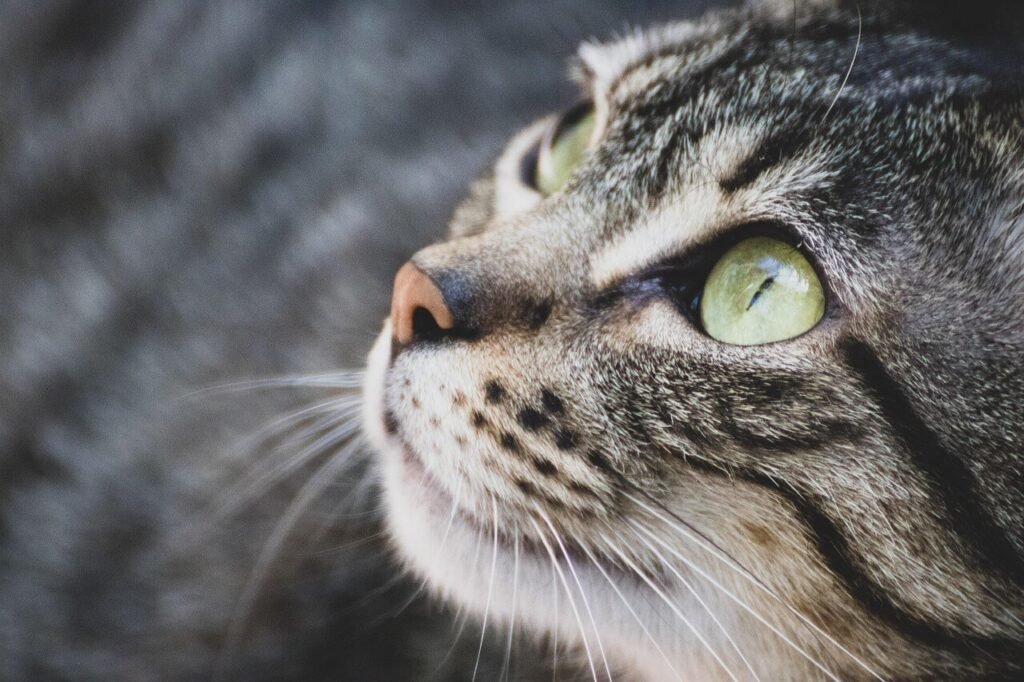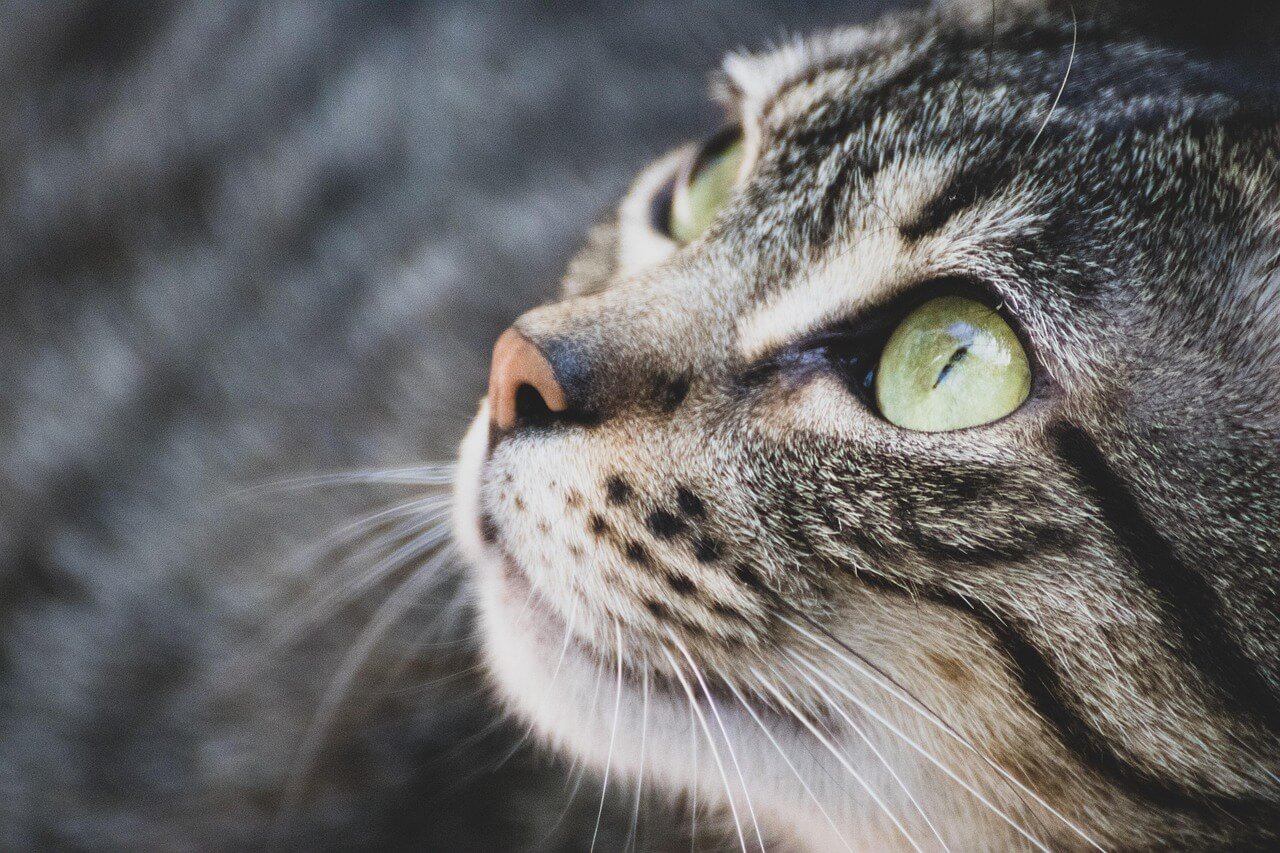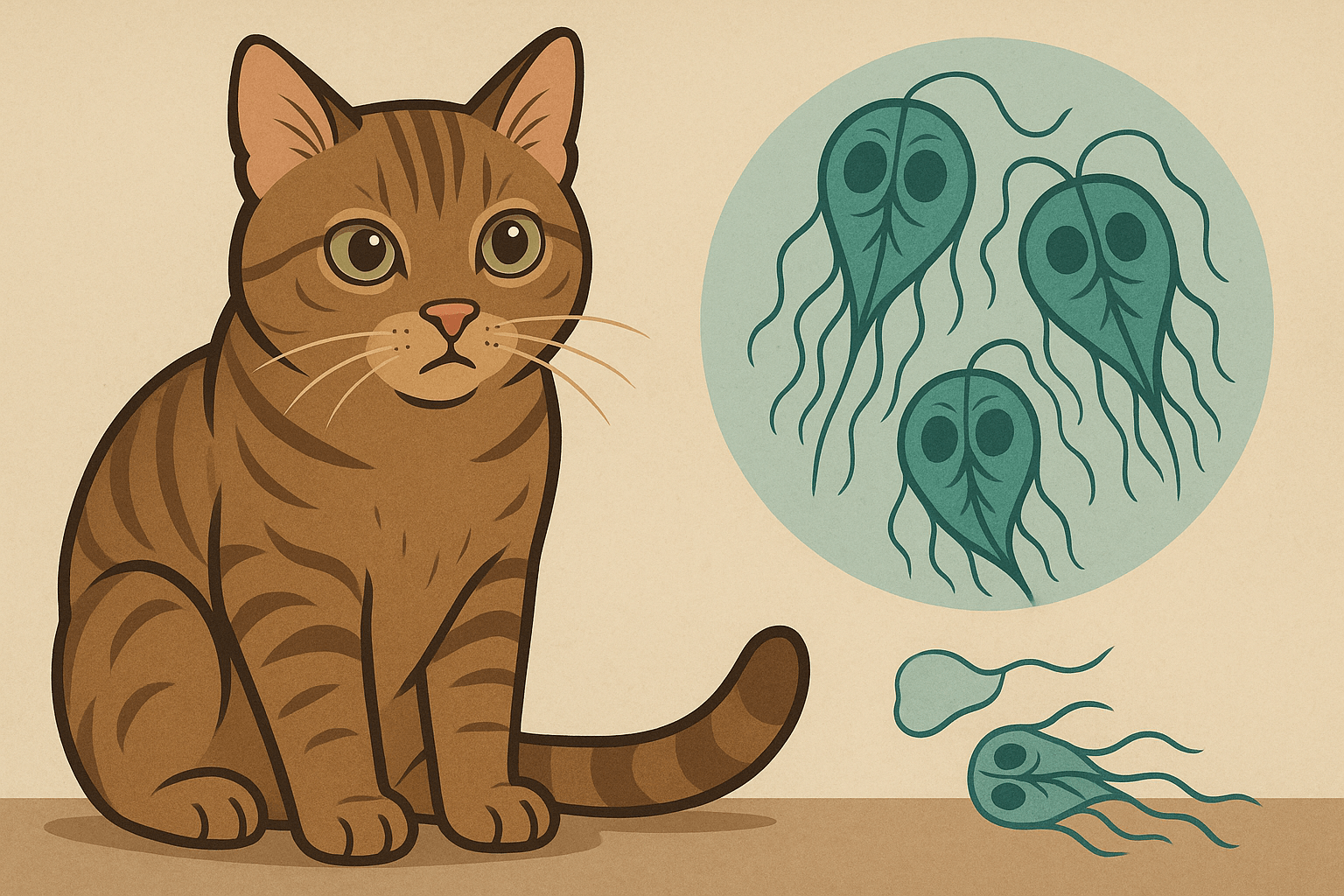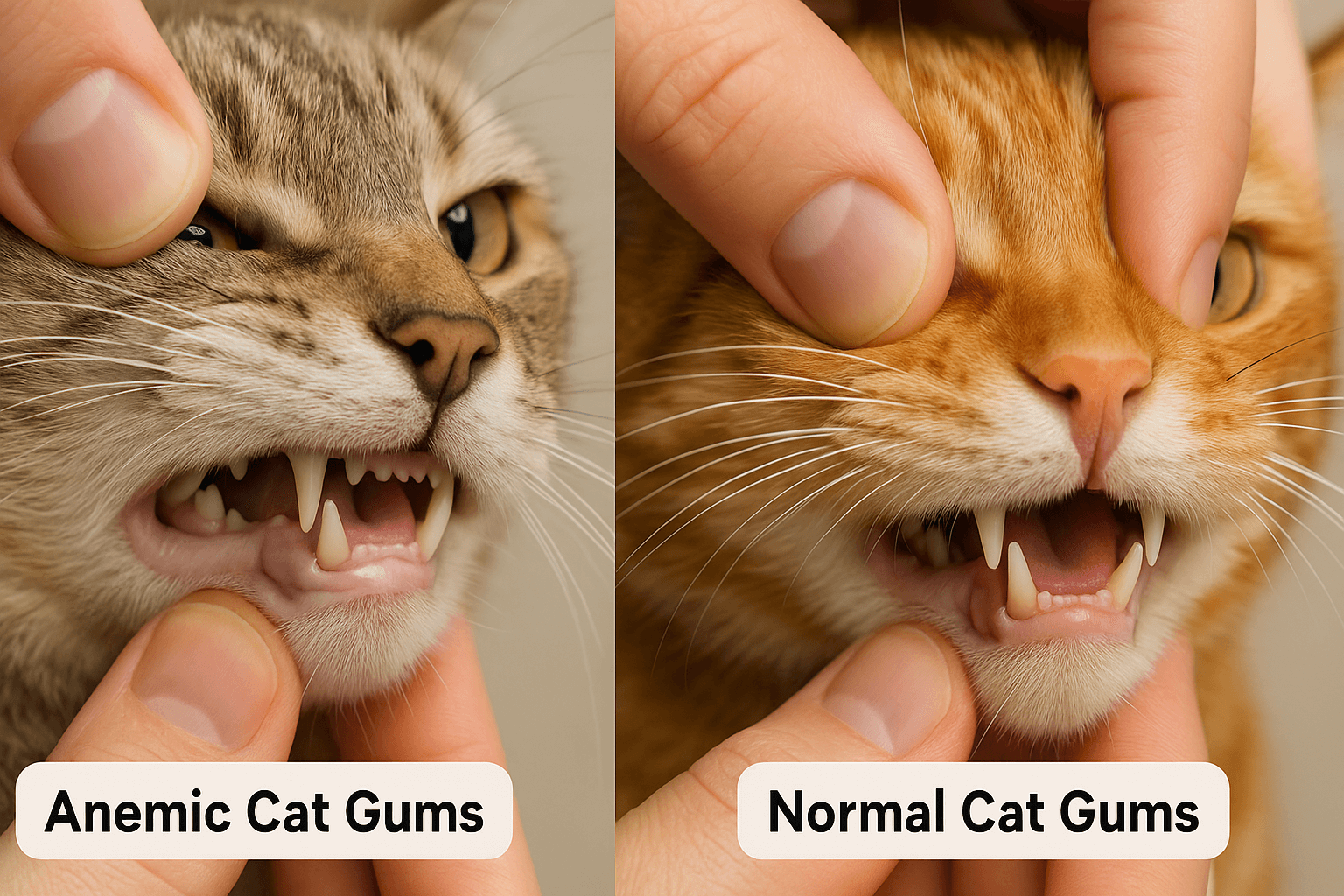Why Does My Cat Walk on Me?
If you’ve ever wondered why your feline friend insists on strolling across your lap, chest, or even head, you’re not alone. Cats are known for their quirky behaviors, and walking on their human companions is one of the most common yet puzzling habits. While it may seem random, this behavior often has deeper meanings rooted in instinct, affection, or even a bit of mischief. Understanding why your cat chooses to use you as their personal runway can strengthen your bond and provide insight into their unique personality. Let’s dive into the fascinating reasons behind this adorable—though sometimes inconvenient—cat behavior.
Reasons Why Your Cat Walks on You
Cats walk on their humans for a variety of reasons, each tied to their instincts, emotions, or environment. Here are some of the most common explanations for this curious habit.
Marking Their Territory:
Cats have scent glands on their paws, and walking on you helps them mark you as part of their territory. This is their way of claiming ownership while reinforcing their bond with you.Seeking Attention or Affection:
When your cat walks on you, they may be asking for pets, playtime, or simply acknowledging your presence. It’s their way of saying, “Hey, I’m here!”Expressing Comfort and Trust:
Walking on you signals that your cat feels safe and secure around you. They view you as a trusted companion and a source of warmth.Exploring Their Environment:
Cats are naturally curious creatures, and your body offers an elevated vantage point to observe their surroundings. Walking on you gives them a new perspective.Kneading and Nostalgia:
Some cats knead or walk with a gentle stepping motion reminiscent of kittenhood when they nursed from their mother. This behavior evokes feelings of comfort and security.
These reasons highlight how walking on you is more than just a random act—it’s a meaningful form of communication from your furry friend.
How to Respond When Your Cat Walks on You
While it’s natural to feel charmed by your cat’s antics, there are times when their behavior might become disruptive. Here’s how to respond appropriately and foster positive interactions.
Provide Alternative Surfaces:
Place soft blankets or cushions nearby to encourage your cat to walk on those instead of directly on you. This can help redirect their energy.Reward Calm Behavior:
Use treats or praise to reinforce calm behaviors like sitting beside you rather than climbing all over you. Positive reinforcement works wonders.Set Boundaries Gently:
If your cat’s walking becomes uncomfortable, gently guide them off without scolding. Consistency is key to teaching boundaries without causing stress.Engage in Playtime:
Redirect their energy by engaging them with interactive toys or games. This satisfies their need for activity while reducing unwanted behaviors.Understand Their Mood:
Pay attention to whether your cat seems playful, anxious, or affectionate. Tailoring your response to their emotional state can improve communication.
By responding thoughtfully, you can maintain harmony while ensuring your cat feels loved and understood.
Check this guide 👉Understanding Why Cats Swish Their Tails: Best 7 Expert Tips
Check this guide 👉Why Is My Cat Scratching the Window? Best 7 Expert Tips!
Check this guide 👉Why Does My Cat Touch Noses with Me? Best 7 Tips!

Possible Reasons for Walking on You | Ways to Encourage Positive Behavior |
|---|---|
Marking territory | Provide scratching posts or pads |
Seeking attention | Offer interactive toys or playtime |
Expressing trust | Reward calm behavior with treats |
Exploring their space | Create elevated perches or cat trees |
Kneading for comfort | Supply cozy blankets or soft surfaces |
Signs Your Cat Is Being Affectionate Through Walking
Walking on you isn’t always about curiosity or exploration—it’s often a sign of deep affection. Here’s how to recognize when your cat is expressing love through this behavior.
Purring While Walking:
If your cat purrs as they stroll across you, it’s a clear indication that they’re feeling content and connected to you.Rubbing Against You:
Cats rub their faces or bodies against you to share their scent, strengthening the bond between you two.Choosing Warm Spots:
Your cat may walk on areas like your lap or chest because they seek warmth and comfort, which you naturally provide.Following You Around:
A cat that follows you closely before walking on you is likely seeking companionship and reassurance.Gentle Kneading Motions:
If your cat alternates their front paws while walking, it’s a nostalgic gesture linked to feelings of safety and love.
Recognizing these signs helps you appreciate the depth of your cat’s affection and strengthens your mutual bond.
When Walking on You Might Indicate a Problem
While walking on you is usually harmless, certain behaviors could signal underlying issues. Keep an eye out for these warning signs that something might be amiss.
Excessive Pacing:
Constantly walking back and forth on you might indicate anxiety or restlessness. Consider consulting a vet if it persists.Aggressive Behavior:
If your cat bites or scratches while walking on you, they may be feeling stressed or territorial. Address potential triggers promptly.Changes in Routine:
Sudden changes in how often or intensely your cat walks on you could reflect health concerns like pain or discomfort.Ignoring Other Areas:
If your cat refuses to walk anywhere else but on you, they might feel insecure about their environment.Overly Forceful Steps:
Heavy or forceful walking could mean your cat is trying to assert dominance or express frustration.
Understanding these red flags ensures you address any problems early, keeping your cat happy and healthy.
How to Bond Further Through Shared Activities
Strengthening your bond with your cat goes beyond tolerating their walking habits. These shared activities can deepen your connection and enhance mutual trust.
Interactive Play Sessions:
Use wand toys or laser pointers to engage your cat in active play, satisfying their hunting instincts and burning off excess energy.Grooming Together:
Brushing your cat regularly mimics social grooming behaviors, reinforcing your role as a trusted companion.Training Exercises:
Teach simple tricks like “high five” or “come” using treats to build communication and cooperation.Quiet Quality Time:
Spend calm moments together reading or relaxing, allowing your cat to feel safe and secure in your presence.Exploring New Spaces:
Introduce your cat to new environments (safely) to stimulate their curiosity and strengthen your partnership.
These activities create lasting memories and foster a deeper sense of companionship.
How to Make Yourself More Appealing to Your Cat
Cats are drawn to certain traits and behaviors in their humans. Here’s how to make yourself irresistible to your feline friend.
Smell Familiar:
Wear clothing or use blankets with your scent to create a comforting association for your cat.Speak Softly:
Use a calm, gentle tone when talking to your cat—they’re more likely to approach someone who sounds soothing.Offer Treats Strategically:
Reward your cat with small treats during interactions to build positive associations with your presence.Maintain Eye Contact Briefly:
Slow blinks while making eye contact signals trust and affection, encouraging your cat to feel closer to you.Respect Their Space:
Give your cat room to retreat when needed, showing them that you respect their boundaries.
By adopting these strategies, you’ll become even more appealing to your cat, enhancing your relationship.
Fun Facts About Cat Behavior
Cats are fascinating creatures, and their behaviors often reveal surprising insights into their personalities and instincts. Here are some fun facts to deepen your appreciation for your feline friend.
Cats Have Unique Paw Prints:
Just like human fingerprints, every cat’s paw print is distinct, making them truly one-of-a-kind.They Communicate Through Body Language:
Tail positions, ear movements, and whisker angles all convey specific messages about how your cat is feeling.Walking on You Is Instinctual:
This behavior stems from wild ancestors who walked on elevated surfaces to survey their territory safely.Cats Can Learn Routines Quickly:
With consistent patterns, cats adapt easily to household schedules, including meal times and play sessions.They Show Love in Subtle Ways:
From slow blinks to headbutts, cats express affection in quiet, meaningful gestures.
These facts remind us that cats are complex, intelligent beings whose behaviors enrich our lives in countless ways.
Frequently Asked Questions About Cats Walking on You
Is it normal for my cat to walk on me?
Yes, it’s completely normal and often a sign of affection or territorial marking.
Why does my cat knead while walking on me?
Kneading is a comforting behavior rooted in kittenhood, signaling trust and relaxation.
Should I stop my cat from walking on me?
Only if it becomes disruptive or uncomfortable. Otherwise, it’s a harmless and loving gesture.
What if my cat walks on me at night?
Nighttime activity could stem from boredom or excess energy. Engage them in play before bedtime to tire them out.
Can I train my cat not to walk on me?
Yes, with patience and consistency, you can redirect their behavior using positive reinforcement techniques.
Embracing the Quirks of Your Feline Friend
Cats are full of surprises, and their tendency to walk on us is just one of many endearing quirks that make them such beloved companions. Whether driven by affection, curiosity, or instinct, this behavior reflects the unique bond we share with our feline friends. By understanding the reasons behind it and responding with patience and care, we can ensure our relationship remains strong and joyful. So the next time your cat decides to take a stroll across your lap, remember—it’s their way of saying, “You’re mine, and I love you.”
Giardia in Cats: Best 7 Expert Tips! Discover expert advice on identifying, treating, and preventing giardia in cats to ensure your feline stays happy and healthy.
Cat Hyperventilating: Best 7 Expert Tips! Discover signs, causes, and solutions for cat hyperventilation. Learn how to calm your cat and when to seek veterinary care for their breathing issues.
Anemic Cat Gums vs Normal: Best 7 Expert Tips! Learn to spot signs of anemia in cats, understand gum health, and ensure your feline stays happy and healthy with expert advice.
Himalayan Cat Size: Best 7 Expert Tips! Discover expert advice on Himalayan cat size, growth factors, care tips, and how to ensure your feline stays healthy and happy.





